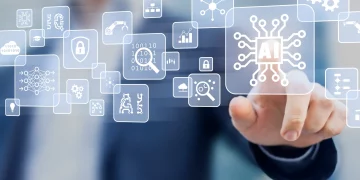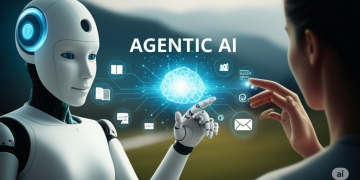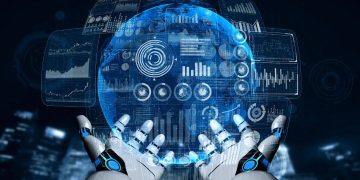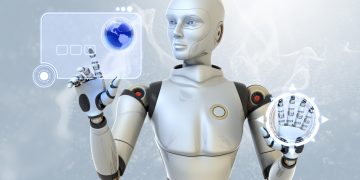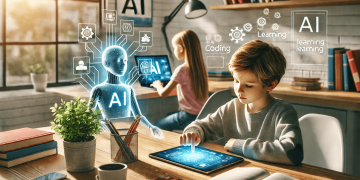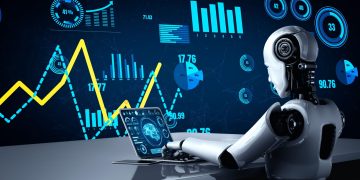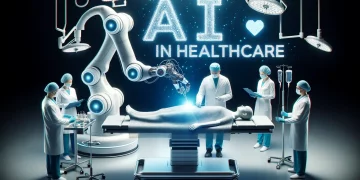Natural Language Processing (NLP) has undergone a revolutionary transformation in the last decade. From rule-based systems and statistical methods to deep learning and large language models (LLMs), NLP is now at the core of search engines, digital assistants, chatbots, and content generation tools. Yet, even as AI writes poems, drafts legal documents, and answers technical questions, a central question remains:
Can NLP innovations truly unlock deep, nuanced semantic understanding and generation that mirrors human cognition?
This article explores the evolving capabilities of NLP, the emerging innovations driving its progress, and the extent to which it is approaching genuine semantic comprehension and expressive generation.
1. From Syntax to Semantics: The Evolution of NLP
Traditional NLP models often focused on syntax—the rules governing the structure of language—rather than semantics, which concerns meaning. Early systems parsed grammar trees and used statistical frequencies to infer likely responses. However, they struggled with ambiguity, context, irony, and inference.
The rise of neural networks and transformers—particularly since the introduction of the Transformer architecture in 2017—has pushed NLP far beyond these limits. Today’s models can understand and generate natural language with coherence, style, and apparent intent. But how “deep” is this understanding?
2. Defining Semantic Understanding and Generation
To evaluate NLP’s progress, it’s essential to clarify what complex semantic understanding entails:
- Disambiguation: Correctly interpreting words with multiple meanings based on context
- Contextual reasoning: Inferring meaning across sentences or paragraphs
- Pragmatics: Understanding implied meanings, social cues, or sarcasm
- Commonsense knowledge: Incorporating unstated background information
- Logical inference: Making cause-effect or analogical reasoning
- Creative and coherent generation: Producing novel, contextually accurate, and meaningful language
These aspects require not just pattern recognition but deep representation and inference capabilities.
3. Innovations Driving Semantic Progress in NLP
a. Large Language Models (LLMs) and Foundation Models
Models like GPT-4, Claude 3.5, Gemini, and LLaMA 3 represent a leap forward. Trained on trillions of tokens, these models have emergent abilities that allow them to answer complex questions, follow nuanced instructions, and carry out multi-turn dialogues.
b. Instruction Tuning and Reinforcement Learning from Human Feedback (RLHF)
These fine-tuning techniques help align models with human intent, improving their ability to understand subtleties, avoid ambiguity, and generate appropriate responses.
c. Multimodal NLP
Combining language with vision and audio (as seen in GPT-4o or Gemini 1.5) allows models to ground language in real-world stimuli, enhancing semantic depth.
d. Neuro-symbolic Approaches
Hybrid models integrate deep learning with symbolic reasoning, enabling more structured understanding and logical inference capabilities.
e. Knowledge-augmented NLP
Models that integrate with external knowledge bases or retrieval systems (e.g. RAG—retrieval-augmented generation) can access up-to-date or domain-specific facts, improving semantic accuracy.
4. Real-World Applications Demonstrating Deep Semantics
a. Legal and Scientific Text Analysis
Modern NLP systems are being used to summarize case law, draft contracts, and interpret complex scientific papers. These tasks require not only lexical knowledge but domain-specific semantic reasoning.
b. Advanced Conversational Agents
AI chatbots and virtual assistants now hold contextual conversations over long sessions, interpret subtle queries, and adapt their responses based on user intent and emotional cues.
c. Multilingual and Cross-Cultural Semantics
State-of-the-art models handle translations and interpretations that reflect not just words, but cultural context, idioms, and implied meaning, across dozens of languages.
d. Creative Writing and Ideation
LLMs are being used for scriptwriting, poetry, advertising copy, and even novel co-authoring, showing an unprecedented ability to generate coherent and original language.
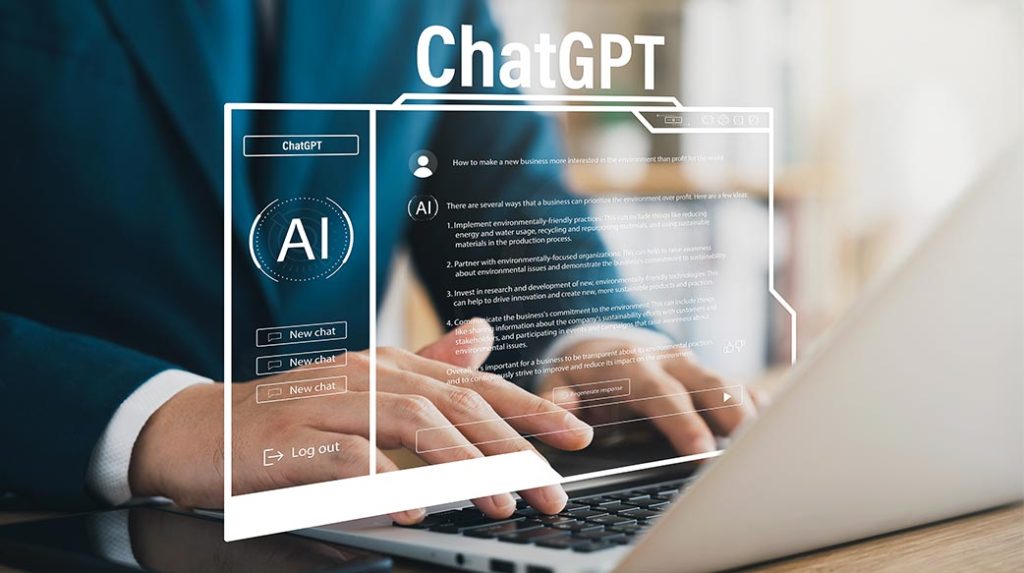
5. Persistent Challenges and Open Questions
Despite progress, achieving human-like semantic processing remains elusive. Key challenges include:
a. True Understanding vs. Surface Fluency
Current models simulate understanding by recognizing and reproducing patterns in data. They may appear intelligent while lacking actual grounded comprehension.
b. Commonsense and World Knowledge Gaps
Models still struggle with reasoning that relies on unstated, assumed background knowledge, or applying information from one domain to another.
c. Ambiguity and Pragmatics
Subtleties like sarcasm, irony, politeness, and indirect requests are often misinterpreted—especially outside high-resource languages or formal settings.
d. Factuality and Hallucinations
NLP systems sometimes generate plausible but factually incorrect statements, particularly in long-form responses or creative writing.
e. Long-Term Context Handling
Maintaining coherence across lengthy documents, multi-session conversations, or evolving user profiles remains difficult.
6. The Future of Semantic NLP: Toward Grounded and Adaptive Language Intelligence
To unlock deeper semantic capability, future NLP systems will likely incorporate:
a. Embodied AI
Language grounded in physical experiences—robots or agents that “live” in environments—can learn semantics through interaction, not just text.
b. Persistent Memory and User Modeling
Context-aware agents that build and update long-term user profiles or dialogue histories can understand not just what is said—but who is saying it, why, and in what context.
c. Interactive Learning
Language models that engage in two-way dialogue, ask clarification questions, or seek feedback can refine their understanding dynamically.
d. Causal and Analogical Reasoning
New architectures may support reasoning that mimics human mental models, including cause-effect relationships and abstract analogies.
e. Ethical and Cultural Semantics
Understanding ethical implications, social context, and cultural sensitivities is critical for safe and meaningful language generation across global use cases.
Conclusion
Innovations in natural language processing have brought us to the edge of a new era. While today’s models already exhibit remarkable fluency, coherence, and task flexibility, true deep semantic understanding and generation remains a work in progress.
The next breakthroughs will come not just from scaling models larger, but from redefining how language is grounded, how context is remembered, and how meaning is modeled. As NLP continues to evolve, it won’t just help machines speak more like humans—it will help them think, reason, and interact in ways that are more aligned with how humans understand the world.
In this pursuit, NLP is no longer just a technology. It is becoming a bridge between data and meaning, between machines and human experience.





